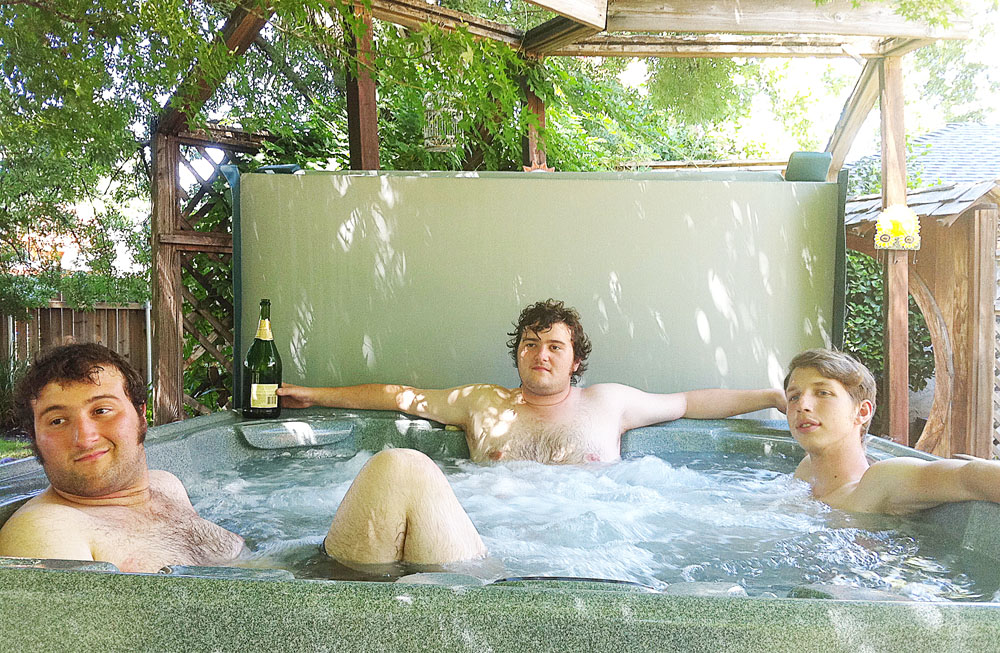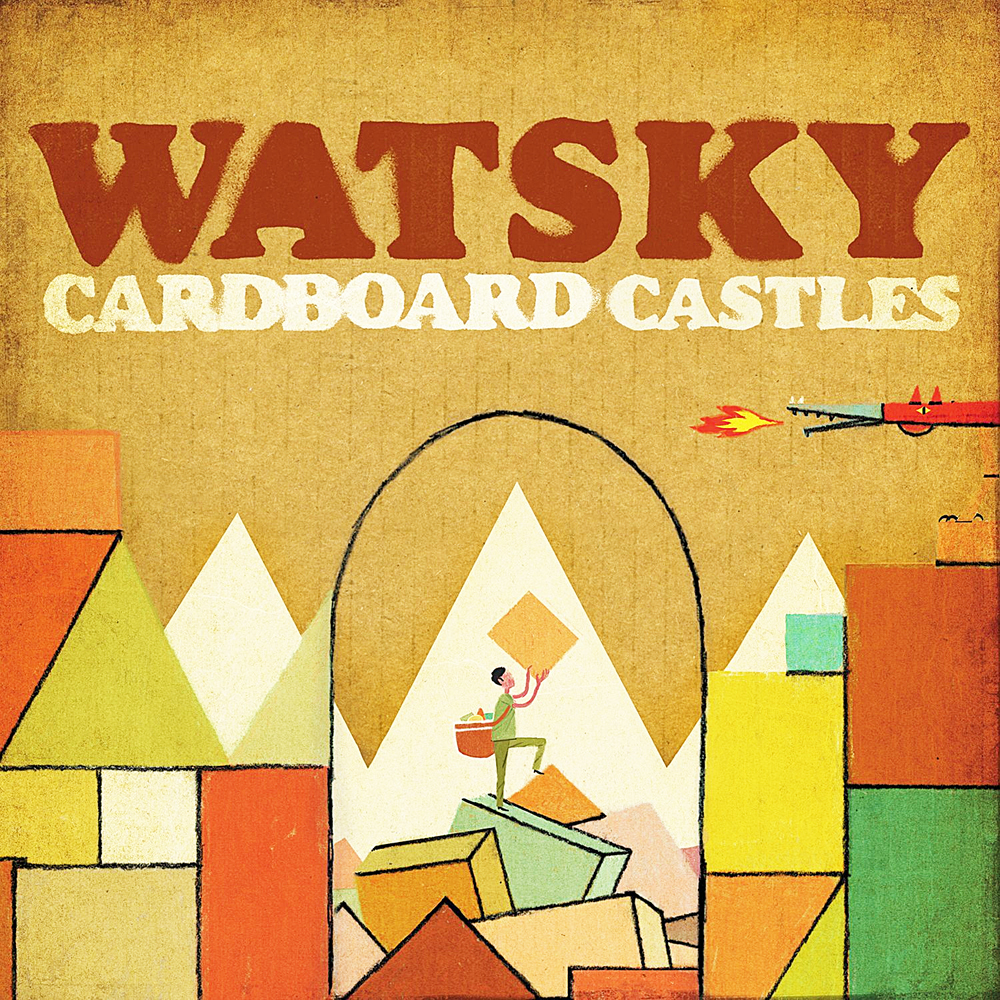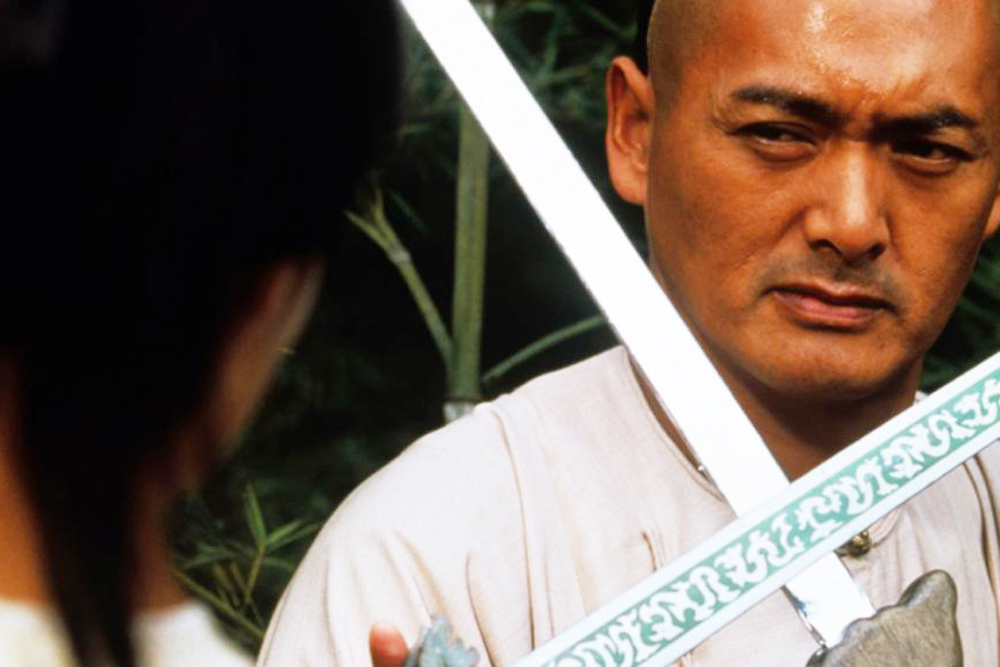The Northwest Filmmaker’s Festival, which turns 40 this year, has been providing a forum and sanctuary for regional filmmakers for decades. Whether a rookie starting out or a veteran experimenting with the art form, the festival has been a place for new and old generations of filmmakers to meet and allow their voices to be heard since the early 1970s.
The festival itself provides more than a platform and opportunity to see unique impressionist films. Guest judge and Sundance Film Festival shorts programmer Mike Plante will be presenting merits to selections of his choice, ranging from The Big Northwest Award (Best of Fest) to The Why Not Award. The program is chock-full of inventive and intriguing shorts and features that will inspire introspection and provide entertainment for audiences.
“It’s our longest running festival…It’s almost as old as the Northwest Film Center itself,” said Nick Bruno, PR and marketing representative for the center.
The festival kicks off with the short film American Lawn from director Robert Sickels. “It’s basically a documentary where people talk about their lawns, which sounds about as dull as you can imagine, but…it’s a documentary about people that opens out into a subject, but really it’s reflecting back on people and their obsessions. What makes it come alive is the characters that [Sickels] found,” said Bruno.
From festival events such as panel discussions and an opening party complete with a live band at the old Broadway
Metroplex, the Northwest Filmmaker’s Festival allows not only an opportunity to witness the rise of the next independent film trend, but also a sense of community that any regional film student or filmmaker should jump to be a part of.
A silent trend
Thomas Phillipson, who has been managing the festival for several years, has seen trends in these regional films come and go just as the names and faces have changed. This year, he sees a new trend beginning to surface.
“It’s been coming for a while,” said Phillipson, “but this year it seems really prominent: feature films with almost no dialogue in them.
According to Phillipson, what began as a small batch of semi-silent experimental shorts over the past few years has crossed over into the realm of feature-length films that rely more on impression and images to convey their story than they do dialogue. Though they might not appeal to moviegoers who are in search of traditional stories or more action-oriented sequences, Phillipson assures that those who take the time to invest in these unconventional narratives will be rewarded.
“They don’t follow normal, predictable narrative arcs… foreshadowing…all those sort of narrative devices are gone. They’re slice-of-life moments strung together that give you more of an impressionistic sense of a story. The more you invest yourself in [them] the more enjoyable they can be,” said Phillipson.
Corvallis-based director Nandan Rao’s film Hawaiian Punch is a prime example of this. The film is about two young Mormon friends spending a mission term in Hawaii. Through daily activities and sparse conversation, their true character and uncertain futures become as real and terrifying to the audience as they do to the characters themselves. Rather than action, Rao gives us inaction for clarity. According to the festival program, “It is the inaction of the film and its protagonists that reveals the fundamental truth in their lives.”
Several such films, including Empty Hollow Echo by Adam Sekular of Seattle and You Make Me Feel So Young by Zach Weintraub of Olympia, Wash., will be screened as a part of the festival’s “Features” program through Nov. 16.
Desaturating the action
“I read a review of [one of the films] where they used the term ‘desaturated action,’” said Phillipson, “which I thought was a nice way of saying ‘nothing much happens in this film.’”
A precursor to this “desaturated action” trend might possibly be Gus Van Sant’s 2002 film Gerry, which was screened at the festival several years ago to less than favorable reviews. Gerry, an experiment in filmmaking in which Van Sant simply let the camera roll and used entire takes instead of editing them down, features Matt Damon and Casey Affleck wandering around a desert for 103 minutes. The movie employs no foreshadowing and no path of action for the audience to follow so that the audience might feel just as lost in the “narrative” as Damon and Affleck do in the desert.
“I had to pick Gus Van Sant up at the airport and we’d just had a press screening of Gerry, so he said, ‘Well how’d it go?’ and I said, ‘Well… [laughs]…I don’t know,” said Phillipson. “I don’t know how people felt about it.’”
Critical acclaim seems to be mostly beside the point for a majority of filmmakers involved with the festival, however, as many of them experiment with form and narrative as a means of examining the self.
“What distinguishes the Northwest Filmmaker’s Festival is that it rewards filmmakers who are using a more personal voice in their work,” said Phillipson. “You won’t find a lot of commercially minded films. That has really stayed true throughout all the years and hasn’t changed.”





